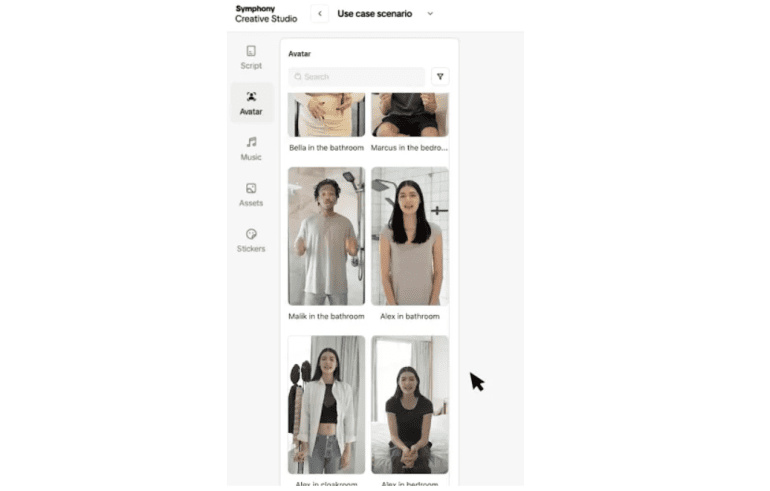- TikTok introduces new ad restrictions targeting teenagers in the US.
- Advertisers can no longer use personalized targeting for teen demographics.
- Users gain more control over ad preferences with features like “Disconnect Advertisers” and “Clear My Activity.”
- AI-generated ads on TikTok will now be labeled for transparency.
- The changes aim to protect teen user data and enhance overall transparency in advertising practices.
Main AI News:
TikTok has recently rolled out significant updates aimed at enhancing transparency and user privacy in its advertising practices, particularly concerning teenage users. The platform has introduced stringent new restrictions on ads targeting teens within the United States, marking a departure from personalized targeting and campaign selections by advertisers. Instead, TikTok now limits these options to broader categories such as location, language, and device-related data. This move is designed to prevent advertisers from exploiting teen user data to influence their preferences.
Similar measures were previously implemented by Meta several years ago, underscoring a broader industry trend towards safeguarding young users and curtailing the use of personal information in targeted advertising. With approximately a quarter of TikTok’s user base aged under 20, the impact of these changes on the platform’s advertising landscape could be substantial.
While advertisers can still engage with younger demographics based on broader demographic trends, the shift towards more restrictive targeting options adds a layer of complexity to marketing strategies on TikTok.
In addition to these ad targeting updates, TikTok is also empowering users with greater control over their interests and preferences within the app. This includes new features like the “Disconnect Advertisers” tool, which allows users to opt-out of personalized ads based on off-TikTok data shared by specific advertisers. Moreover, TikTok has expanded its “Clear My Activity” feature, enabling users to manage and disconnect any off-TikTok activity data associated with their account.
Furthermore, TikTok has introduced enhanced AI disclosure requirements for advertisers. Now, advertisers can use a self-disclosure toggle in TikTok Ads Manager to designate ads as AI-generated. These ads will be clearly marked with an AIGC label, signaling to users that they are interacting with commercial content generated by artificial intelligence.
This transparency initiative is particularly critical as TikTok explores new avenues for integrating virtual influencers into its platform. These AI-driven avatars, which have seen substantial success in markets like China, will now be clearly identified as such, ensuring that users understand they are engaging with digital personas rather than real individuals.
Looking ahead, TikTok hopes these initiatives will not only enhance user trust but also stimulate in-app shopping activity, building on the success of similar trends in other global markets. However, the reception among Western consumers remains to be seen, as cultural nuances and consumer expectations vary significantly across different regions.
The new data control measures and ad restrictions on TikTok were officially implemented on July 1st, signaling a proactive approach by the platform to address evolving privacy concerns and enhance user experience.
Conclusion:
These updates by TikTok signify a proactive step towards enhancing user privacy and transparency in digital advertising. By restricting personalized ad targeting for teens and introducing clearer AI disclosure requirements, TikTok aims to foster greater trust among users and advertisers alike. This move reflects broader industry trends towards more responsible data use and consumer protection measures, which are increasingly shaping the digital marketing landscape. Advertisers will need to adapt their strategies to comply with these new guidelines, potentially influencing how brands engage with younger demographics on social media platforms.

